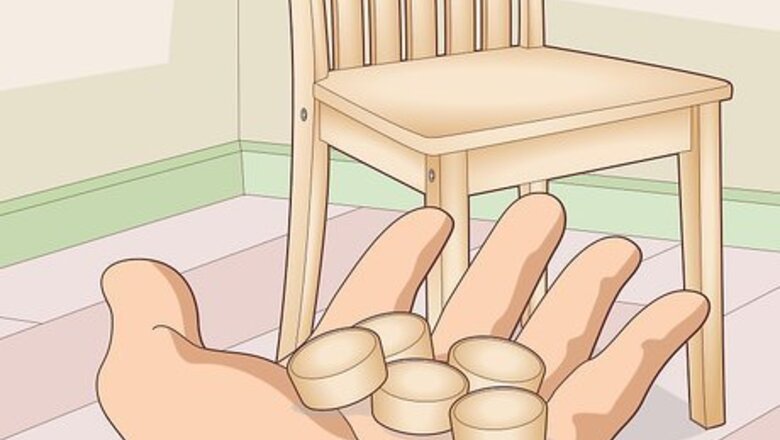
views
- Put an adhesive screw cap or install a wood plug over the hole to hide the screw and match the wood grain.
- Fill the hole with wood filler or wood glue mixed with sawdust. For deep pocket holes, use auto body filler instead.
- Peel back a surface layer of wood with a chisel and install your screw underneath it. Glue the wood back down to hide the screw.
- Try countersinking or drilling pocket holes to hide the screws deeper into the wood.
Stick on an adhesive screw cap.
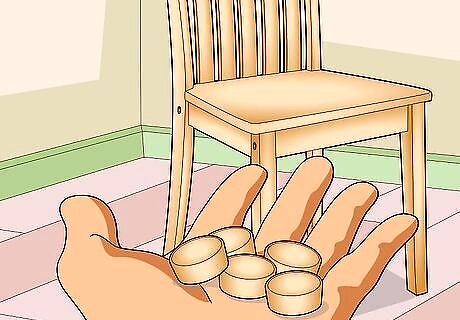
Adhesive screw caps are the quickest and easiest fix. Get adhesive screw caps that match the color of the wood that you’re applying them to. Just peel the screw cap off of the backing and press it firmly over the screw head. Rub the screw cap so it’s flat and smooth against the surface. Be sure to get screw caps that are slightly larger in diameter than the screw’s head. That way, none of the screw will show through.
Fill the hole with a wood plug.
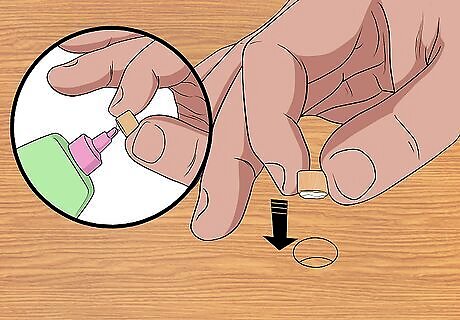
A wood plug is a perfect choice if you need access to the screw later. Wood plugs are small wooden discs that fit into the screw hole. You can either buy wood plugs that match the size of the screw hole or drill your own from a piece of scrap wood with a wood plug cutter bit. Set the plug into the screw hole and tap it in with a mallet. Wood plugs work best if the screw’s head is below the surface of the wood. Some plugs extend past the surface of the wood as a decorative feature. If you want the plug flush with the surface, then trim it off with a flush-cut saw.
Apply wood filler over the screw head.
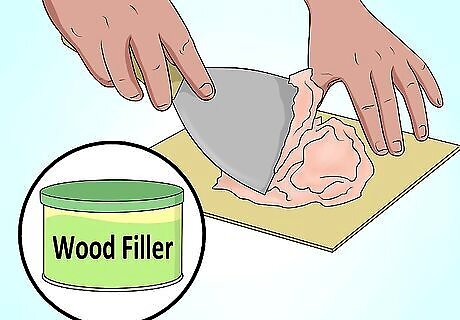
Wood filler creates a smooth and stainable finish over your screw. Scoop the wood filler out with a putty knife and press it into the screw hole. Scrape the putty knife across the wood’s surface so the filler is flush, and then leave it to dry for about 15–30 minutes. After that, just smooth the wood filler down with some fine-grit sandpaper. Use wood filler if you plan on painting or staining the wood. Some wood fillers come in 2 parts with a base and a hardener. Mix the 2 parts on a paper plate before applying it.
Cover the screw with wood glue and sawdust.
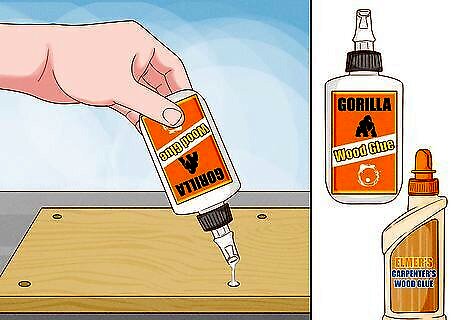
Wood glue mixed with sawdust makes a good DIY wood filler in a pinch. If you have any sawdust left over after installing the screws, combine it with wood glue to form a thick paste. Press the wood glue mixture over the screw and into the screw hole. After the glue dries in 20–30 minutes, sand it so it’s flush with the surface. Avoid staining wood with a glue and sawdust plug since it might turn a different color than the rest of the wood.
Try using auto body filler for large screw holes.
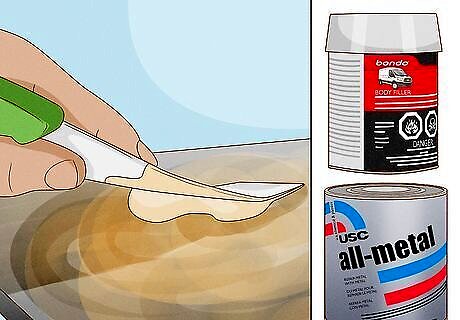
Auto body filler works best for filling deeper pocket holes. Mix the filler base with the hardener that came in the package to activate it. Scoop the filler with a putty knife and apply it to the screw holes until they’re completely filled. Let the auto body filler harden for about 15–20 minutes before sanding it smooth to the surface. You can paint over auto body filler, but it won’t take up color from stain.
Glue a layer of trim over the screws.

A trim board works great if you’re hiding a line of screws on furniture. If you’re making a piece of furniture and there are multiple screws, cut another board or trim piece to the length you need. Just apply wood glue on the back of the trim and press it over the line of screws. Secure the trim a clamp it overnight so the glue completely sets. Alternatively, you can use a nail gun with brad nails, which are small enough that you won’t notice them through the wood.
Install the screw under the wood’s surface.
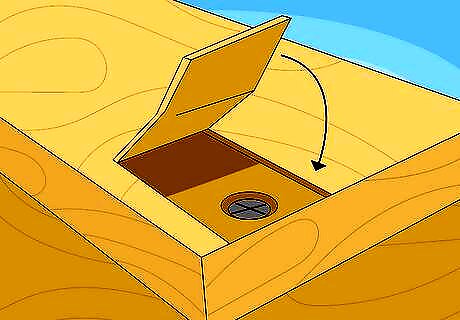
Chiseling out part of the wood’s surface lets you hide the screw under it. Hold your chisel at an angle to the wood and tap the end with a hammer. Peel up a piece of wood that’s about 2 inches (5.1 cm) long and ⁄10 inch (2.5 mm) thick. Drive your screw through the spot you just exposed. Then, apply a layer of wood glue on the surface and clamp the wood piece flat on the surface until it’s dry. The screw will be invisible underneath the wood, but you may see slightly raised edges where you used your chisel. Just rub fine-grit sandpaper over the surface to smooth it out.
Countersink the screws.
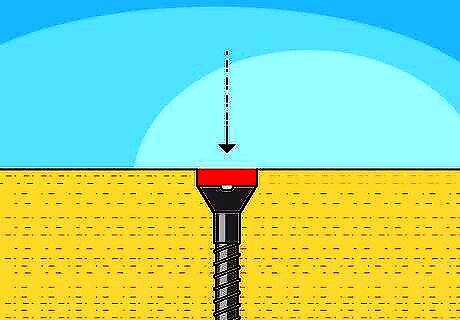
Countersinking screws hides their heads below the wood’s surface. Use a countersink drill bit that’s the same diameter as the screw you plan on using. Drill into the wood with the countersink bit to create a recess for the screw head. After that, place your screw in the hole and tighten it until it’s flush with the wood’s surface. After you countersink a screw, you can fill the hole with wood filler or a plug if you want the screw completely hidden.
Drill pocket holes for the screws.
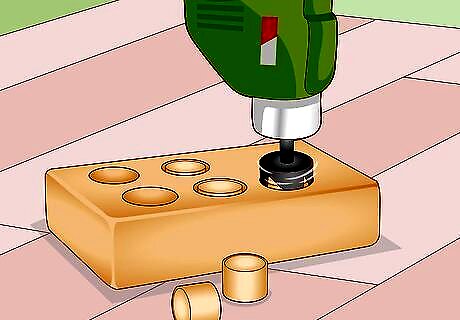
Pocket holes are deep so screws are less visible. Pocket holes let you join pieces of wood at an angle so you don’t have screws showing on the ends of the boards. Use a Kreg jig to drill your pocket holes into the side of your board. When you’re ready to attach the board, feed the screws into the pocket holes and tighten them until they’re secure. Pocket holes work best for joints on the back or bottom of furniture so you’re less likely to see them. You can fill pocket holes with wood filler, plugs, or wood dowels.




















Comments
0 comment